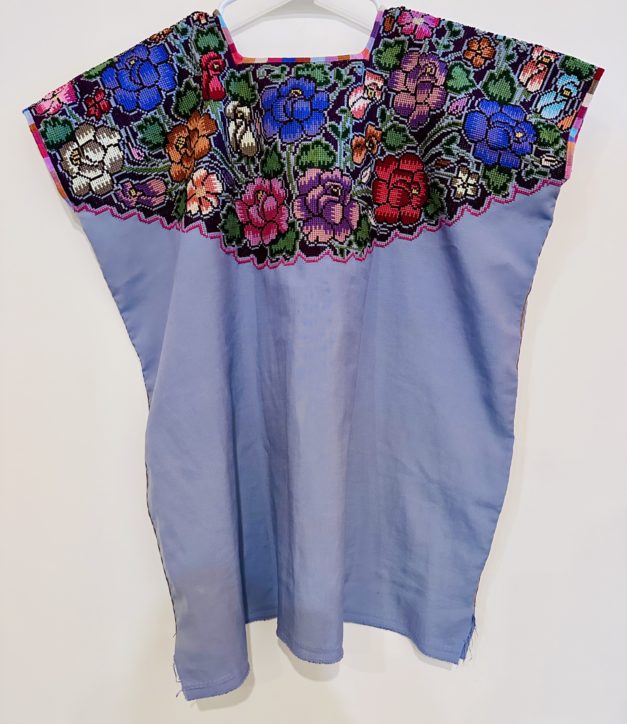The third and last day of the three-day Oaxaca Natural Dye Workshop brings together all the preparation of the first two days in a culminating extravaganza of rich, deep color.
The movement toward using natural dyes is taking hold around the world. It is an environmentally healthy process that is non-toxic and sustainable. Here in Oaxaca more weavers are using natural dyes for their beauty and because it’s what eco-minded textile lovers want.
On this last day, we prepare the indigo dye bath to color cotton and wool blue. We also use the indigo for overdyeing. This gives us a rainbow of colors.
Elsa shows the film about the small village on the southern coast of Oaxaca, Santiago Niltepec, where two families remain who preserve the ancient tradition of growing the indigo plant and making it into dye material. All the indigo that Elsa uses is native to Oaxaca.
Cochineal gives us red, orange purple and pink depending on the color of the wool, the number of dips in the dye bath, and whether we use an acid or base to modify the color.
When cochineal is overdyed with indigo, the wool becomes deep purple or lavender or mauve, depending on the strength of the dye bath and the natural wool color.

My project, making a shibori cotton textile — sewing into cloth for dye resist

Another sample: mahogany with an overdye of ferrous oxide
And a memorable learning experience that is both rewarding and fun.
Oaxaca Natural Dye Workshops from Oaxaca Cultural Navigator





























7 responses to “Oaxaca Natural Dye Workshop Day 3: Rainbows and Overdyes”